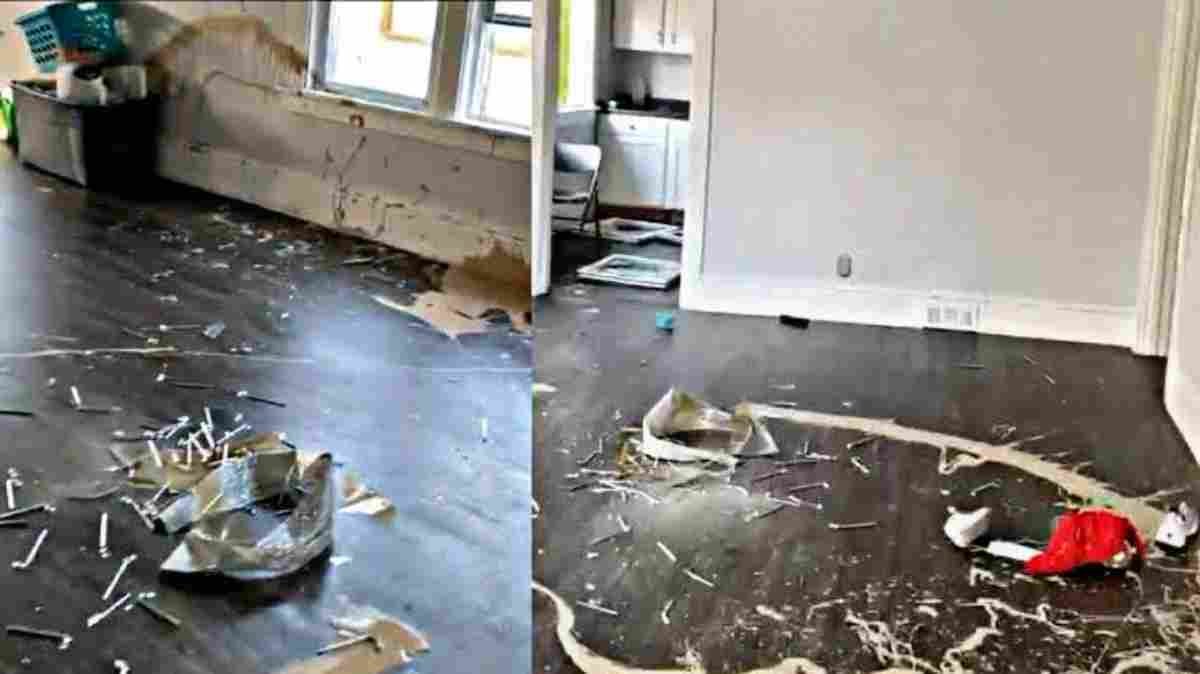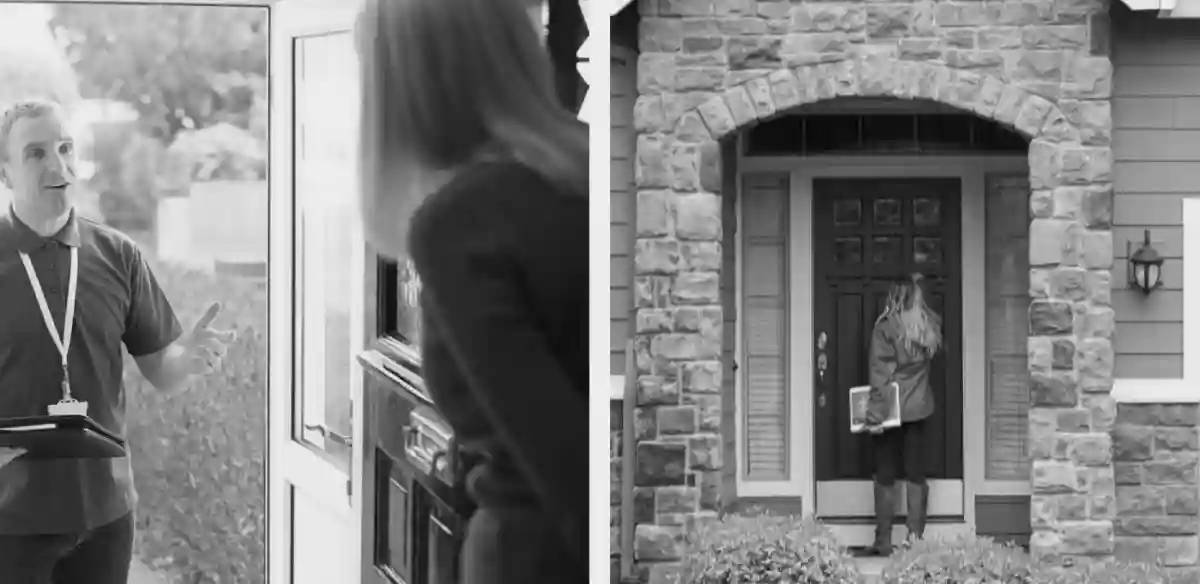Is your landlord lying about damages? Perhaps, your former has decided to exaggerate and falsify the damages to prevent you from getting your security deposit back or your former landlord is threatening to send a damage claim to collections after you gave them your forwarding address.
First, you need to be sure that you left the apartment clean and damage-free. Generally, states have specific requirements for a landlord to make a claim on your security deposit. Thus, your landlord’s claim must be specific. A landlord making a claim should do so within 30 days (depending on your state) and send the claim via certified mail to your last known address (your provided forwarding address).
If your landlord makes no proper claim (either timely or in the appropriate form) against your deposit, they must return your security deposit. Nevertheless, this does not stop the landlord from suing you later for alleged damage, usually in a small claims court. The landlord will also have to prove their case.
That said, if no proper and timely claim has been made against your security deposit by your landlord, demand a full and prompt return of your deposit ASAP. Your former landlord has no right to keep the deposit. Otherwise, you have a cause of action against them.

Landlord lying about damages
Lying about damages is a common problem, especially with smaller landlords. That’s not to say that some tenants do not damage rental apartments during their tenancy.
The way to avoid landlord lies about damages is by photographing the rooms and major areas of the apartment during moving in and moving out to document the condition of the apartment for evidence that you did not cause any damages.
I always recommend completing a physical walk-through with the landlord, property manager, or building superintendent before surrendering the keys. Also, obtain a damage report for any observed damages immediately after the inspection to prevent falsified charges. If no damages are recorded, it should be noted and a copy issued to you for your records.
If you want to get a little dirty with your landlord, and you are 100% sure that you caused no damages during your tenancy, you can employ a method called “living out” the security deposit. This means that you use your security deposit to pay the rent for your last month or the remaining months. However, this method technically violates your lease, so it’s not applicable in all circumstances. But it can be helpful if you believe that your landlord is unlawfully withholding your security deposit after lying about damages you did not cause. Besides, in New York, a landlord may use the security deposit as reimbursement for any unpaid rent—refer to Residential Tenants’ Rights Guide – New York State Attorney General.
What you don’t need to do
You don’t require proof that your landlord is lying about damages, instead, it is your former landlord who needs to prove that they are not lying. The security deposit remains your property throughout the term of the lease, as such, your landlord needs to prove that they can lawfully keep the security deposit under the lease terms.
Your landlord must provide itemized evidence of any damages they allege you caused and the costs of repair, which must be “reasonable”.
Note that your landlord can only claim damages if it exceeds the normal use or reasonable wear-and-tear. For instance, painting is one of the most misunderstood items. Generally, a landlord is expected to be responsible for the cost of painting in-between tenancies. If a tenant met a white wall but repainted to change the color, the landlord may charge the cost of painting as damages. However, if the walls are just dirty with scuffs, scrapes, and smudges, the landlord can’t charge for painting, except there’s a separate lease provision that requires cleaning or painting charges.
Moreover, tiny wall holes, marks, and scrapes from shelving, furniture, and pictures are considered reasonable wear-and-tear conditions that a landlord can’t charge a tenant as damages.
Landlord claiming false damages: WHAT TO DO
Don’t feel lost, do the following:
1. Know your tenant rights
First, find out about your rights and obligations as a tenant in your state and the terms of your lease. If you don’t understand the lease, seek help from your local tenant advocacy group.
2. Complete a walk-through with the landlord
Usually, it’s advisable to have an initial walk-through with your landlord. Now that you are moving, do a final walk-through with your landlord or property manager, taking note of any damages. You also need a copy for your record.
3. Do the needful before moving out
Expect wear and tear during your tenancy. If you notice any issues caused by you, ensure the necessary repairs (within the terms of your lease) to avoid move-out problems.
4. Request an itemized list
Ask for an itemized repair list if your landlord is falsely claiming damages and be sure that your landlord is not trying to get you to pay for wear and tear that fall under the warranty of habitability (where your landlord is responsible for such repairs).
Advise the landlord that you expect a reasonable deduction for items to be repaired and that your security balance should be promptly given back to you within the permitted statutory time. This should inform your landlord that you’re willing to challenge any false or exaggerated claims.
5. Seek legal advice
Consult an attorney if you think that your landlord is lying about damages. If the landlord fails to prove their claims or the court finds a pattern of issues with them, you may sue your former landlord.
Does landlord have to prove damages?
The party making the claim, being the landlord, has to prove damages. Thus, your landlord must prove that you are responsible for the damage. Let the landlord take you to court, then make him/her present photos verifying that the apartment was in good condition when you moved in.
Landlords usually give tenants a move-in checklist to verify the condition of the property when moving in. You’ll make your former landlord show work orders for those issues they are challenging.
Generally, for example, a landlord can’t charge for paint as they are required to paint in-between tenancy but can charge for drywall repair.
If your landlord sues you, the burden of proof lies with him or her. A landlord should handle the normal wear and tear in the property such as paint, carpet cleaning, windows, cupboards tightening, fire alarms, screens replaced, and sometimes toilets as these are basic maintenance.
Perhaps, your landlord is trying to pull a stunt to get you to forget about the security deposit and may have done this before. You can chap your landlord by countersuing for harassment.
You can also play a little dirty: go to the courthouse and find out if your former landlord has sued other tenants in the past. Look for criminal convictions on the landlord to use to impeach their testimony if you get sued. Try finding other past tenants to know if this landlord charged them for bad faith claims or for the same damage to the same property.
Can I sue my landlord for emotional distress?
You have the right to sue your landlord for emotional distress if you believe they caused you emotional injuries due to their deliberate or negligent actions of making false claims on damages. Note also that the right to sue does not mean the damages will be agreed upon and awarded by the court. But with verifiable claims to back the claims, the court could award damages.
Final thoughts
From a practical standpoint, if the security deposit amount is low, it could be cost-prohibitive to get it back. If you earn a low income, consider looking up your local legal aid group for assistance.
Disclaimer:
For legal assistance, contact a lawyer in your jurisdiction. That said, don’t act or refrain from acting due to my publication. Nothing in this write-up is legal advice, nor does the communication form an attorney/client relationship between us.






